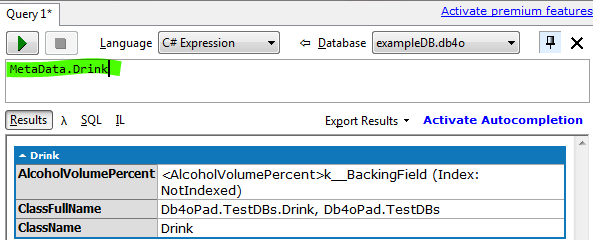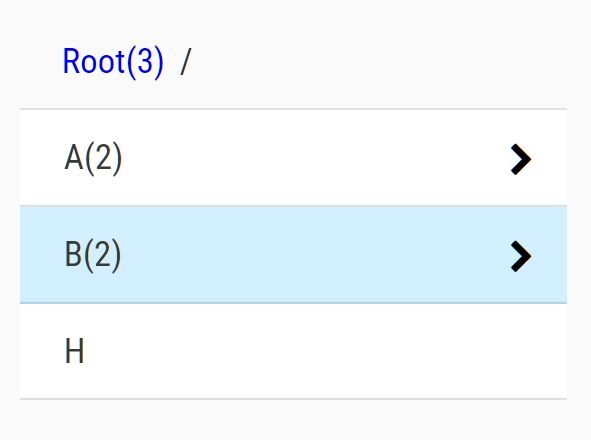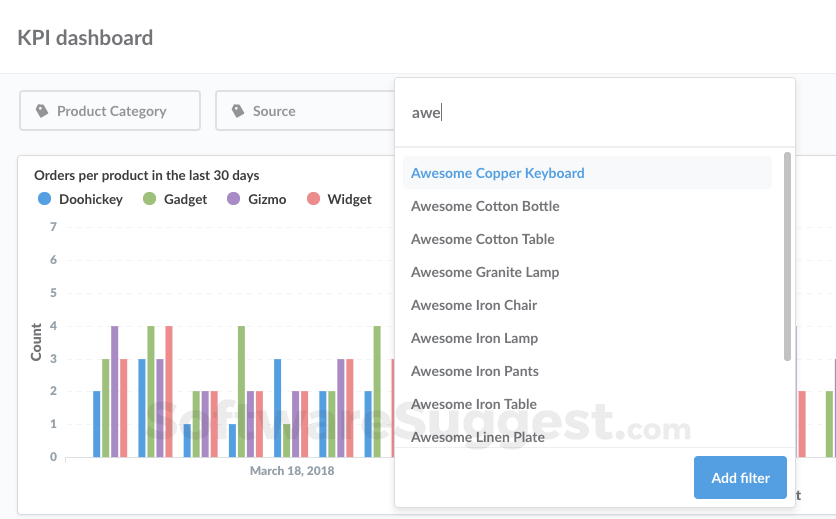

We’ll ask two questions about our orders: Go ahead and create a new dashboard, name it Orders Overview, and save it in a location that makes sense. We’ll breeze through this part quickly - if you’re looking for more detailed information, check out our documentation on asking questions and creating dashboards: Let’s start by building our Orders Overview dashboard and adding two questions to it. Creating Orders Overview and Product Details dashboards

If you already have your own dashboards to work with, you can jump ahead to where we get into customizing destinations. Once people reach the Product Detail dashboard, Metabase should be able to send people to different external URLs based on which product category they click.Īfter that, we’ll also walk through another example using SQL questions to show how custom destinations are a great way to add an interactive element to SQL questions on a dashboard. Here’s the user experience we want to create: when someone views our Orders Overview dashboard, they should be able to click on a product and have Metabase take them to a Product Detail dashboard that updates based on which product the user clicked. We’ll create two quick dashboards - an Orders Overview dashboard and a Product Detail dashboard. We’ll walk through a scenario using Metabase’s Sample Database to show you how custom destinations work, and show you some neat tricks to create interactive experiences. You can combine these primitives to create paths through your reports, with dashboards updating subsequent dashboards, and even sending people to external sites.įor this article, we’ll focus on one of the options for customizing click behavior: Go to custom destination.

Metabase provides some simple building blocks that let you customize what happens when someone clicks on a chart on your dashboard. Customizing click behavior: Orders Overview dashboard.Creating Orders Overview and Product Details dashboards.


 0 kommentar(er)
0 kommentar(er)
